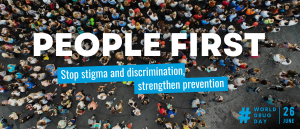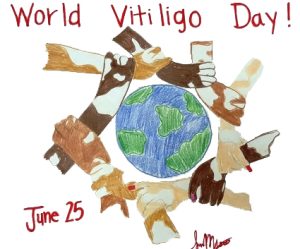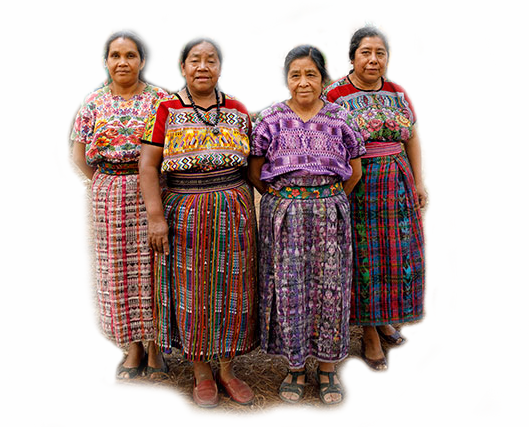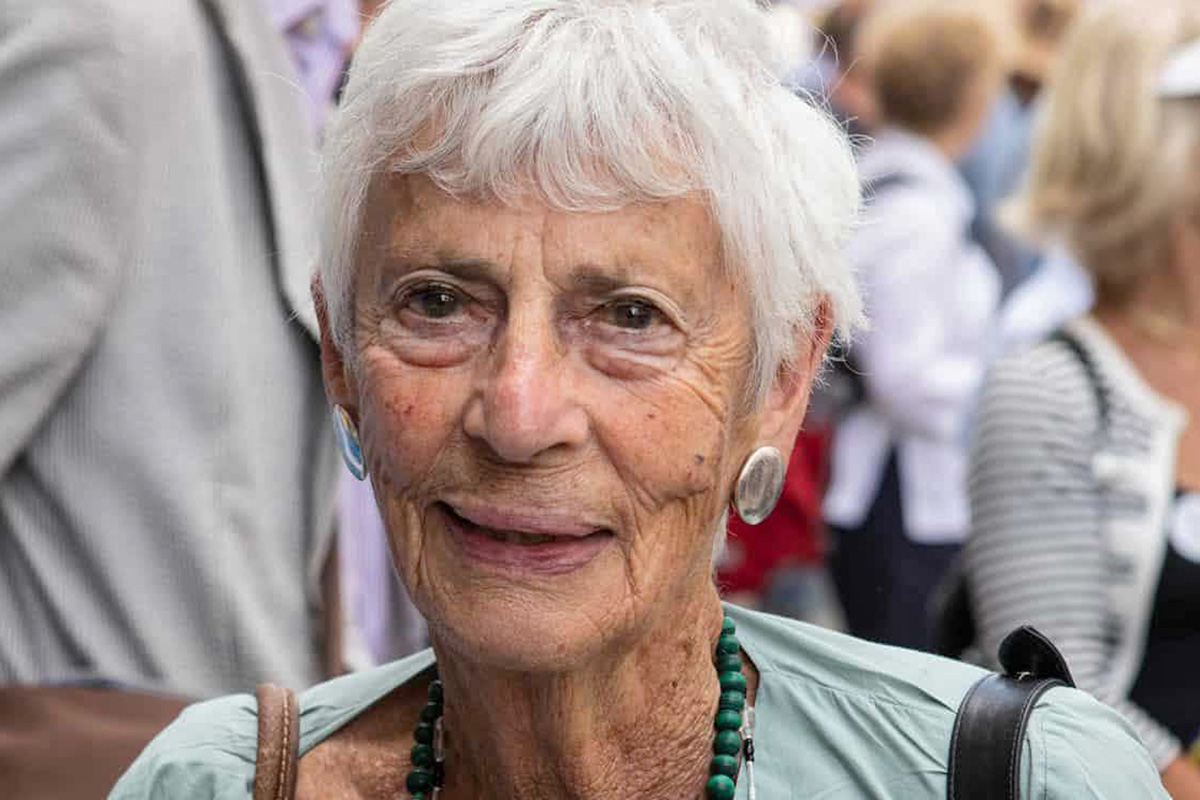 Each year on June 29th, the International Day of the Tropics raises awareness about various challenges that tropical nations face. It’s also a day to celebrate the extraordinary diversity of the Tropics.
Each year on June 29th, the International Day of the Tropics raises awareness about various challenges that tropical nations face. It’s also a day to celebrate the extraordinary diversity of the Tropics.
#InternationalDayOfTheTropics
The regions of the Earth that lie in the middle of the planet are called the Tropics. The Tropics account for 36 percent of the Earth’s landmass. It includes the Equator and parts of North and South America, Africa, Asia, and Australia. This region is warm all year round. The temperature in the Tropics ranges from 77 to 82 degrees F. The Tropics get a lot of sun and only have two seasons: the wet season and dry season.
Some parts of the Tropics, like the Amazon Basin, get nearly 9 feet of rain per year. Other areas, such as the Sahara Desert, get only 2 to 10 centimeters of rain a year. This difference in precipitation affects which plants and animals live in the different parts of the Tropics. The Tropics are important because of the number of economic exports come from these regions. Also, about 40 percent of the world’s population lives within the tropical zone.
Biodiversity
While biodiversity is greater in the Tropics, the loss of biodiversity is also greater here than in the rest of the world. This loss of biodiversity is partly attributed to human activity, such as:
- Destruction of forests and marine ecosystems
- Overexploitation of industrial fishing fleets and commercial hunters
- Spread of diseases and invasive species
- Growing impacts of climate change
Because of these issues, many species of plants and animals in the Tropics face the loss of their habitats. They are also vulnerable to becoming endangered.
Humans living in the Tropics face many challenges as well. More people experience undernourishment in the Tropics than anywhere in the world. This is consistent with the higher levels of poverty in these regions.
Also, more people live in slums in the Tropics than in the rest of the world.









 World Rainforest Day is observed on June 22 every year across the world. This day is set aside to raise awareness about rainforests and also about all the biotic species that live in them. World Rainforest Day aims to encourage people to learn more about rainforests and join efforts to protect and preserve these forests for generations to come. Rainforests have been disappearing and taking the rich diversity of flora and fauna with them because of increasing deforestation and climate change. World Rainforest Day was instituted to halt this disappearance by reminding people of the importance of rainforests.
World Rainforest Day is observed on June 22 every year across the world. This day is set aside to raise awareness about rainforests and also about all the biotic species that live in them. World Rainforest Day aims to encourage people to learn more about rainforests and join efforts to protect and preserve these forests for generations to come. Rainforests have been disappearing and taking the rich diversity of flora and fauna with them because of increasing deforestation and climate change. World Rainforest Day was instituted to halt this disappearance by reminding people of the importance of rainforests. On June 21, for National Indigenous Peoples Day, we recognize and celebrate the history, heritage, resilience and diversity of First Nations, Inuit and Métis across Canada.
On June 21, for National Indigenous Peoples Day, we recognize and celebrate the history, heritage, resilience and diversity of First Nations, Inuit and Métis across Canada.